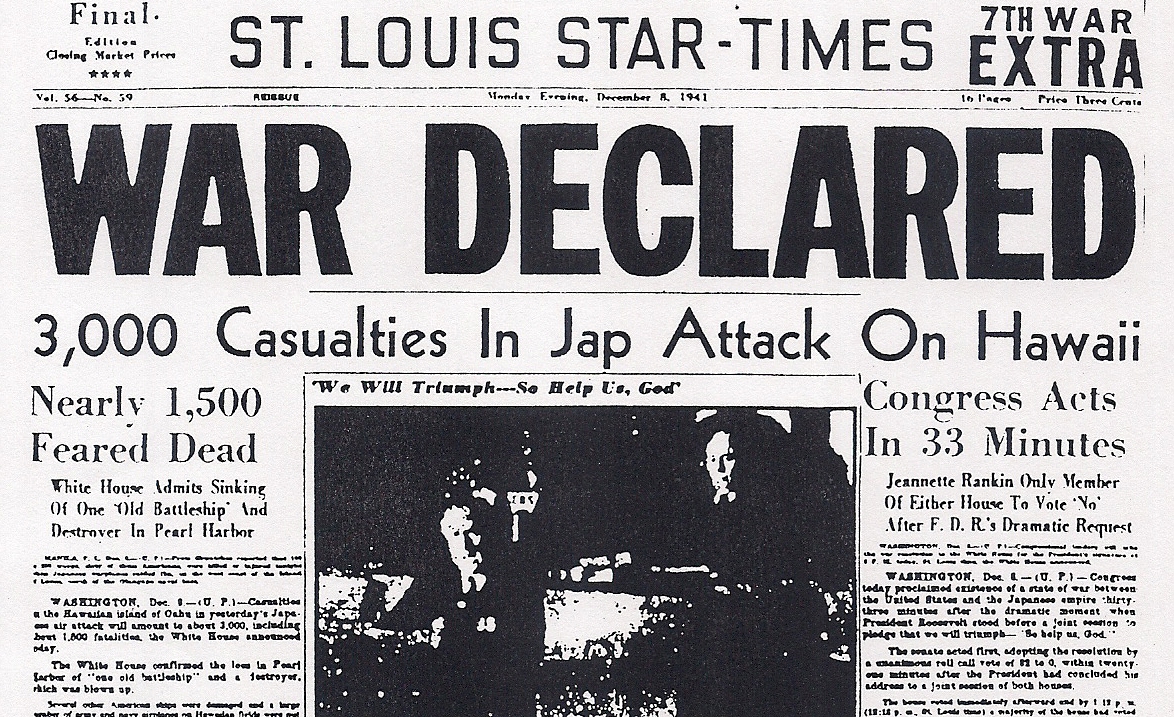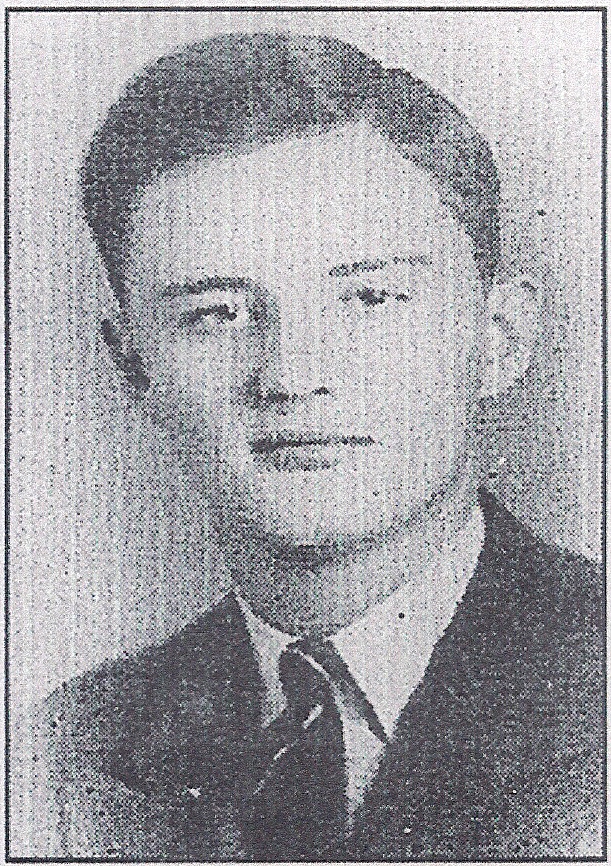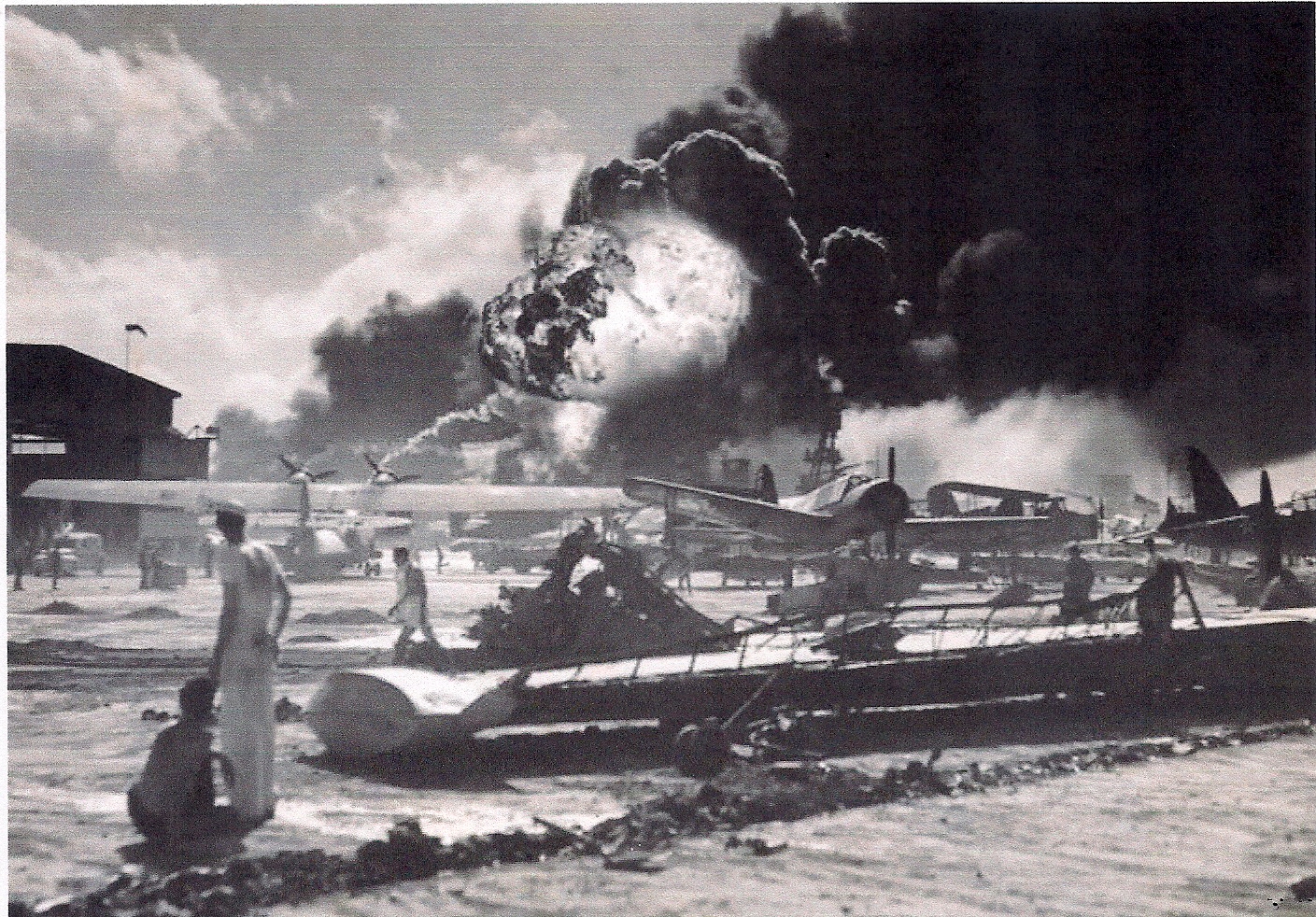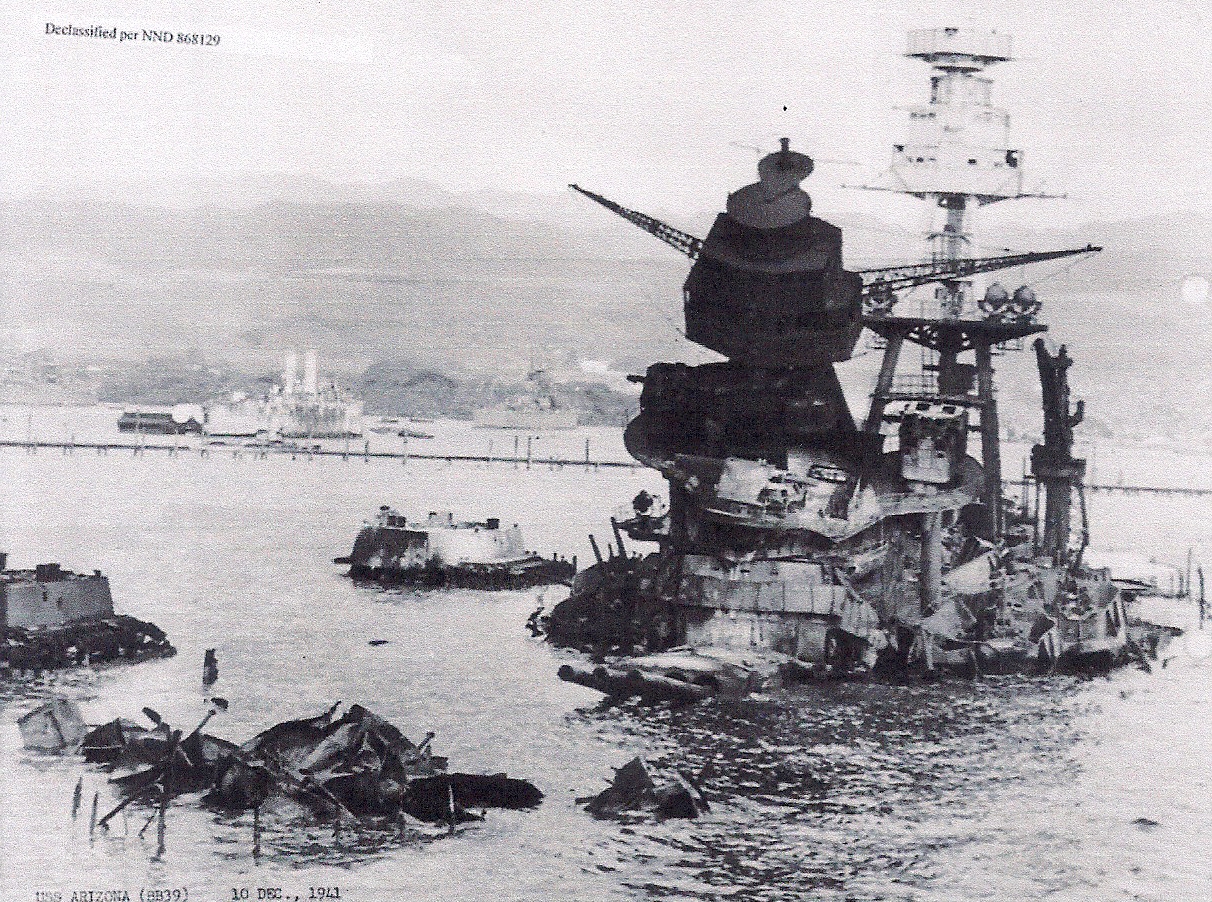REMEMBERING PEARL HARBOR: 75 YEARS LATER
BY RICKEY ROBERTSON
On Sunday morning December 7, 1941 the U.S. Navy Pacific Fleet was moored in Pearl Harbor, Hawaii. After a week of training at sea, there were very few early risers that morning as a gentle breeze blew across the beaches of Honolulu. In just a few short hours, they would be awakened to war. Sitting at anchor in "Battleship Row" were seven giant vessels of the fleet: the battleships California, Maryland, Oklahoma, Tennessee, West Virginia, Arizona, and Nevada. Along with the battleships, a total of 94 vessels were at anchor in Pearl Harbor that tranquil morning. All of these ships were gathered in this anchorage which is less than three square miles in size.
At 7:55 a.m. Japanese torpedo and dive bombers began their dreadful attack on the fleet. As Japanese Commander Mitsuo Fuchida, leader of the torpedo planes and dive bombers looked down at the American fleet lying helplessly below him, he radioed back to the Japanese carrier fleet the fateful message "Tora, Tora, Tora", the code signifying that the attack on Pearl Harbor was a complete surprise. As bombs and torpedoes began to explode throughout the fleet intercoms began blaring "Air Raid! No Drill!" and sailors went to battle stations. On board the USS Oklahoma, sailors were just hoisting the colors when the boatswain piped "To the colors." Suddenly the harbor was complete bedlam. Sailors began jumping to their battle stations and began to return fire at the attacking Japanese planes. Besides the naval fleet, the Japanese attacked all the airfields on the island of Oahu and destroyed all the planes parked in neat rows. Throughout the attack the American defenders began fighting back, from soldiers on the ground to sailors on the ships.
The attack was devastating. The USS Oklahoma was hit by several torpedoes and began to slowly roll over, the USS California was hit by two torpedoes, the USS West Virginia began to sink after being hit, the USS Nevada was hit in the bow yet it began to get underway, but the most seriously damaged ship was the USS Arizona. With a thunderous explosion she blew up and started to burn after a bomb had smashed into the forward magazine. Witnesses and crewmembers who survived stated that the giant battleship seemed to almost lurch out of the water. In just minutes down went the USS Arizona carrying 1177 members of its crew with it.
But throughout this terrible attack, the American defenders began firing back with astonishing speed. Everyone from soldiers, sailors, and Marines, on the ground and aboard ships, began to return fire on the attacking Japanese. Soldiers and Marines began returning fire with pistols, rifles, automatic rifles, and machine guns and gun crews on board the ships began blasting away. The USS Nevada, although damaged and on fire, opened up with all its anti-aircraft guns so furiously that the ship disappeared in the smoke of its own guns! Bravery and courage was seen everywhere as the defenders fought back during this terrible attack. Many gave their lives to save their comrades and to save their ships.
In a little more than an hour and a half, with the element of surprise, the Japanese destroyed 188 aircraft and damaged 159 others, 18 ships of war were sunk, including the USS Arizona and USS Oklahoma, and 2403 military personnel killed and 1178 wounded in the attack. In just a few hours, America's bastion of the Pacific was destroyed. The USS California, USS West Virginia, and USS Tennessee would not rejoin the fleet for many months, the USS Pennsylvania and USS Maryland were out of action for weeks. The Japanese lost only 29 planes, 5 midget submarines, and one large submarine, all with their crews. The Japanese losses were extremely small compared to the devastation dealt on the United States Pacific Fleet.
The first serviceman from Louisiana killed in World War II during the attack on Pearl Harbor was Pfc. Hal H. Perry, Jr. This young man was killed in the attack at Pearl Harbor while stationed at Hickam Field. He was the son of Mr. and Mrs. Hal H. Perry, Sr. and was born July 29, 1921. He had attended Newellton High School, Gulf Coast Military Academy in Gulfport, Mississippi, and Tulane University. Pfc. Perry had entered the Army Air Forces on December 8, 1939 and had attended armament school at Maxwell Field. In April 1940 he embarked to the Hawaiian Islands where he was assigned to Hickam Field as a rear turret gunner, but was later transferred to Wheeler Field where he attended photography school. After this school he was again assigned to Hickam Field, where he was killed in action on December 7, 1941. He was the first of many sons of Louisiana to perish in this terrible war.
Today, seventy-five years after the attack you can still see oil floating gently to the surface from the hulk of the USS Arizona. Now at this location, there is the beautiful USS Arizona Memorial that was dedicated in 1962. At this memorial is a marble wall listing the names of all the crewmen who went down on the USS Arizona. The USS Arizona is still listed as an active ship on the U.S. Navy roster and each ship entering the harbor "renders honors" to this ship. And sadly in 2016 there are only 5 survivors left of the USS Arizona crew. Recently at the Veterans Program held in Many, La. on November 12, 2016 we were blessed to have in attendance one of the few surviving crew members of the USS Oklahoma who now resides in Sabine Parish. He told us of his harrowing escape just as the ship rolled over and how he was rescued by sailors on the USS Maryland. But of the over twelve million men and women who served in World War II less than one million remain, with them being well into their 90s with very few Pearl Harbor survivors remaining.
As we remember December 7th, let us stop and pay homage to those remaining veterans of that great battle. This battle led the United States into World War II and a few days later President Franklin Roosevelt made his famous speech in which he declared that December 7, 1941 would forever be a "Day of Infamy." Pearl Harbor was the rallying cry for the American people as they began to strengthen the U.S. military by volunteering for service. Throughout America the battle cry "Remember Pearl Harbor" was heard. In our faced paced society of today, let us not forget this battle cry. Let us remember the men and women who fought in this battle, those who lost their lives, and those who lived to tell of this attack. Let our nation never forget its history for if we do, we will have to re-live it. So let us never forget to "Remember Pearl Harbor!"
.jpg)
America's battle cry during World War II was Remember Pearl Harbor. This was a poster used throughout World War II that was placed throughout America. (Robertson Collection)



Pearl Harbor Naval Base under attack by Japanese planes on December7, 1941. (US Navy Photograph)

.jpg)